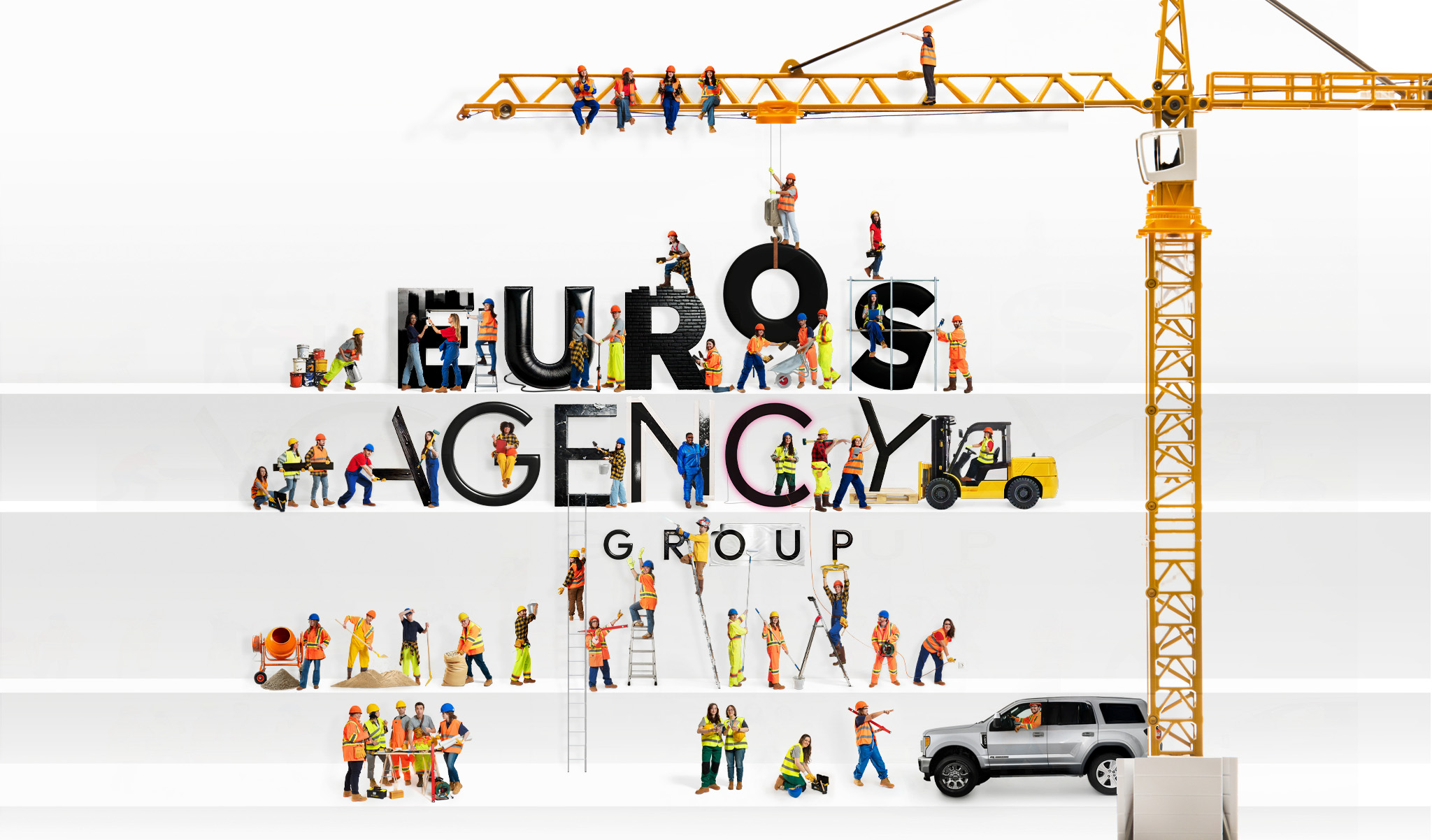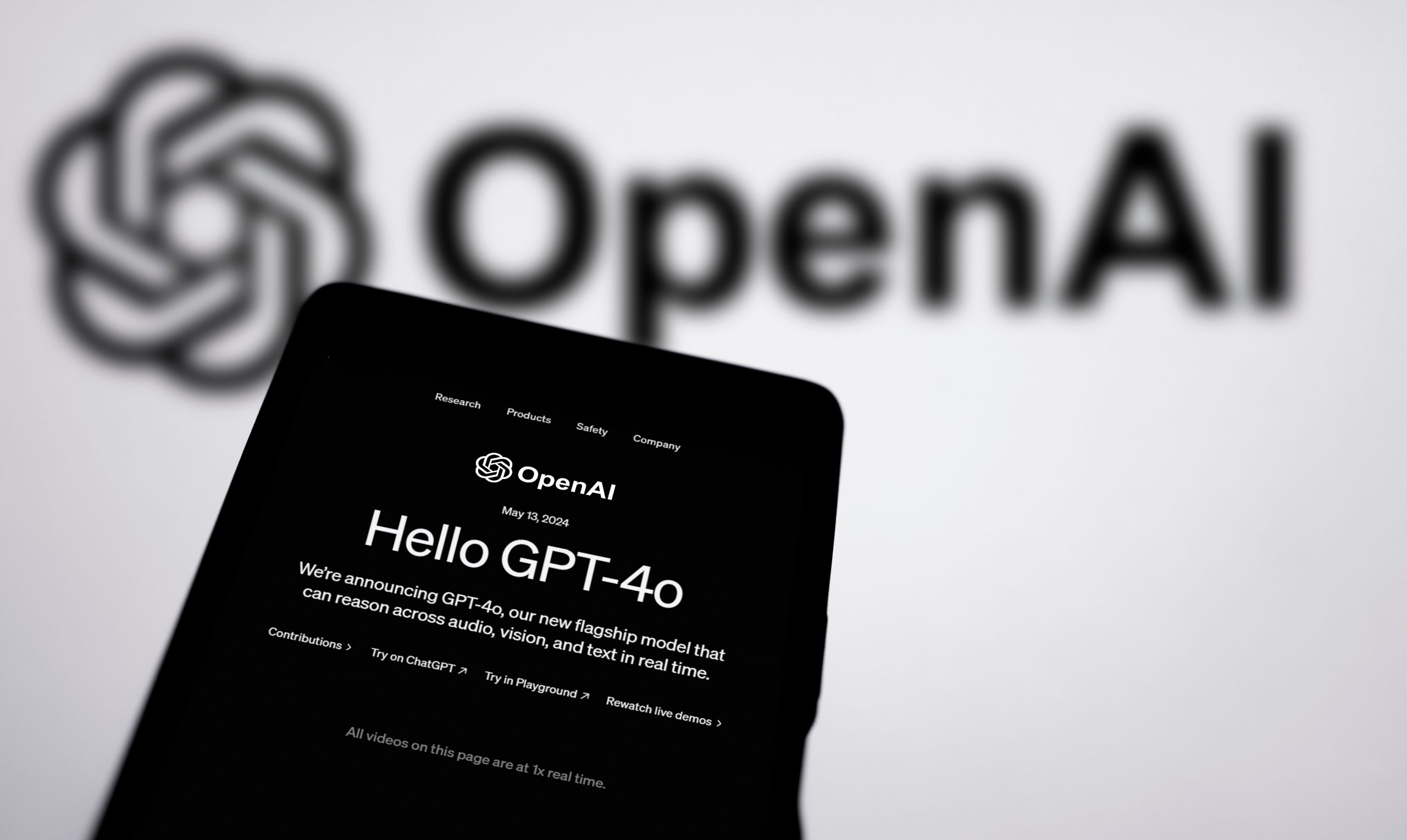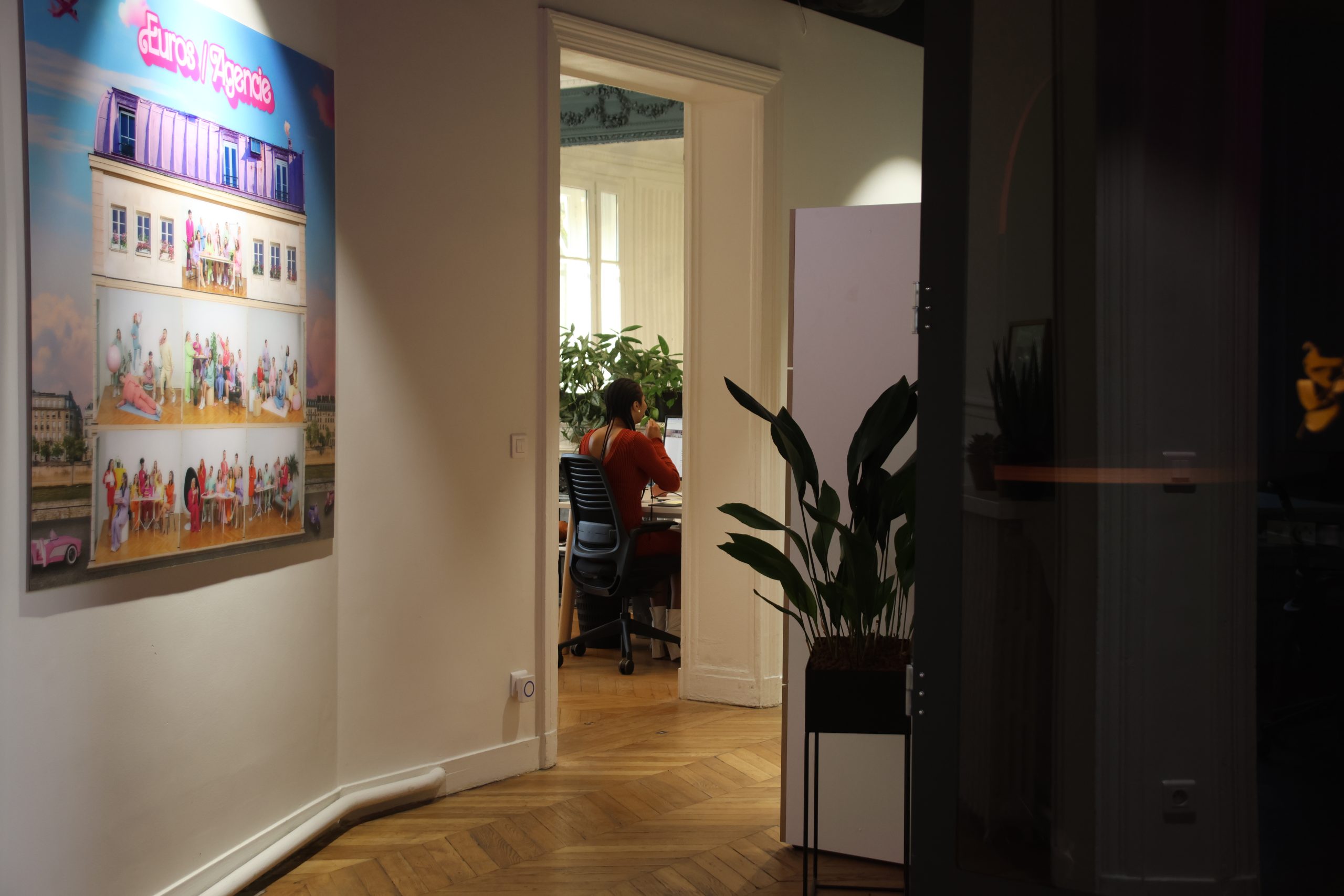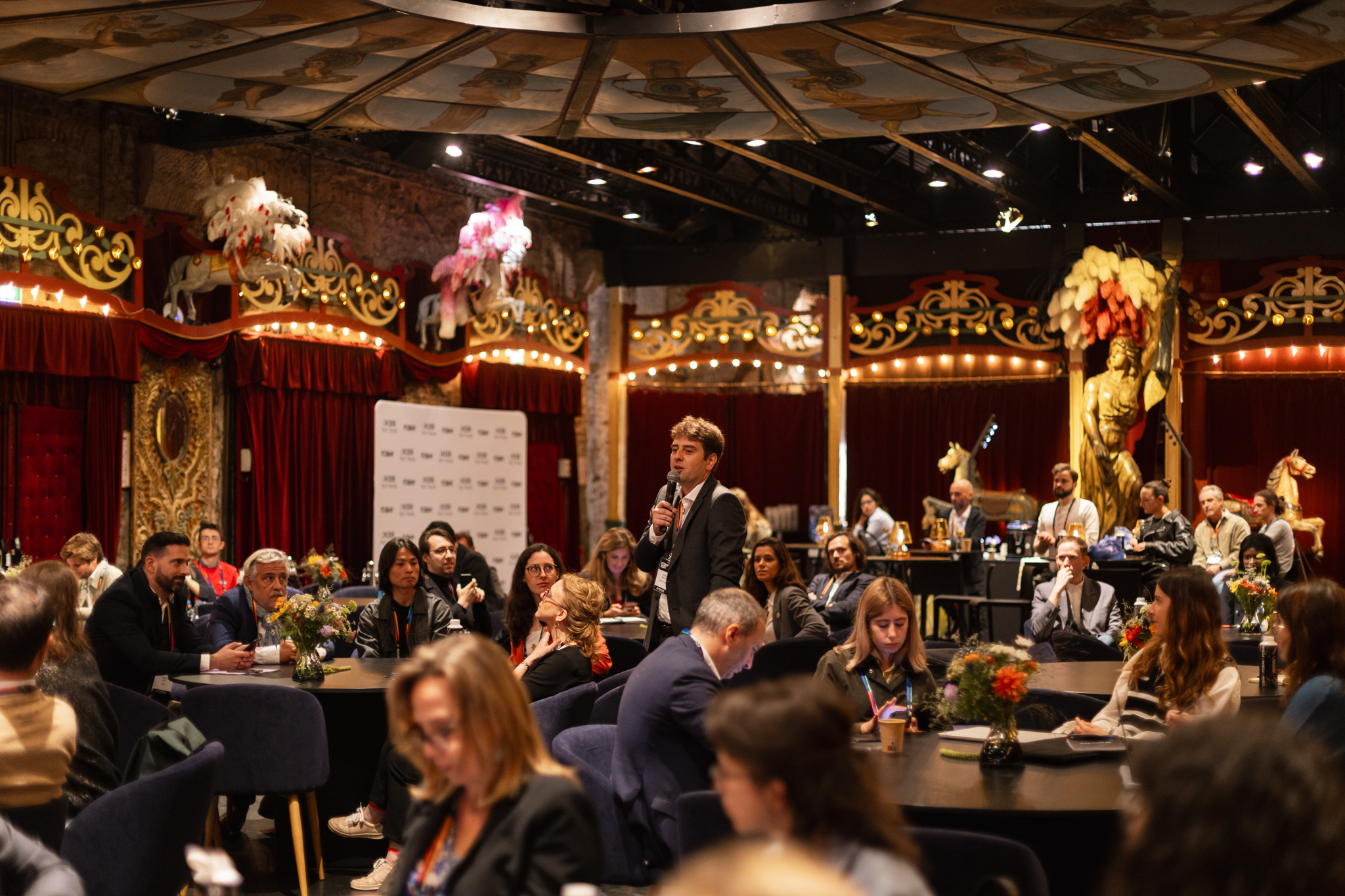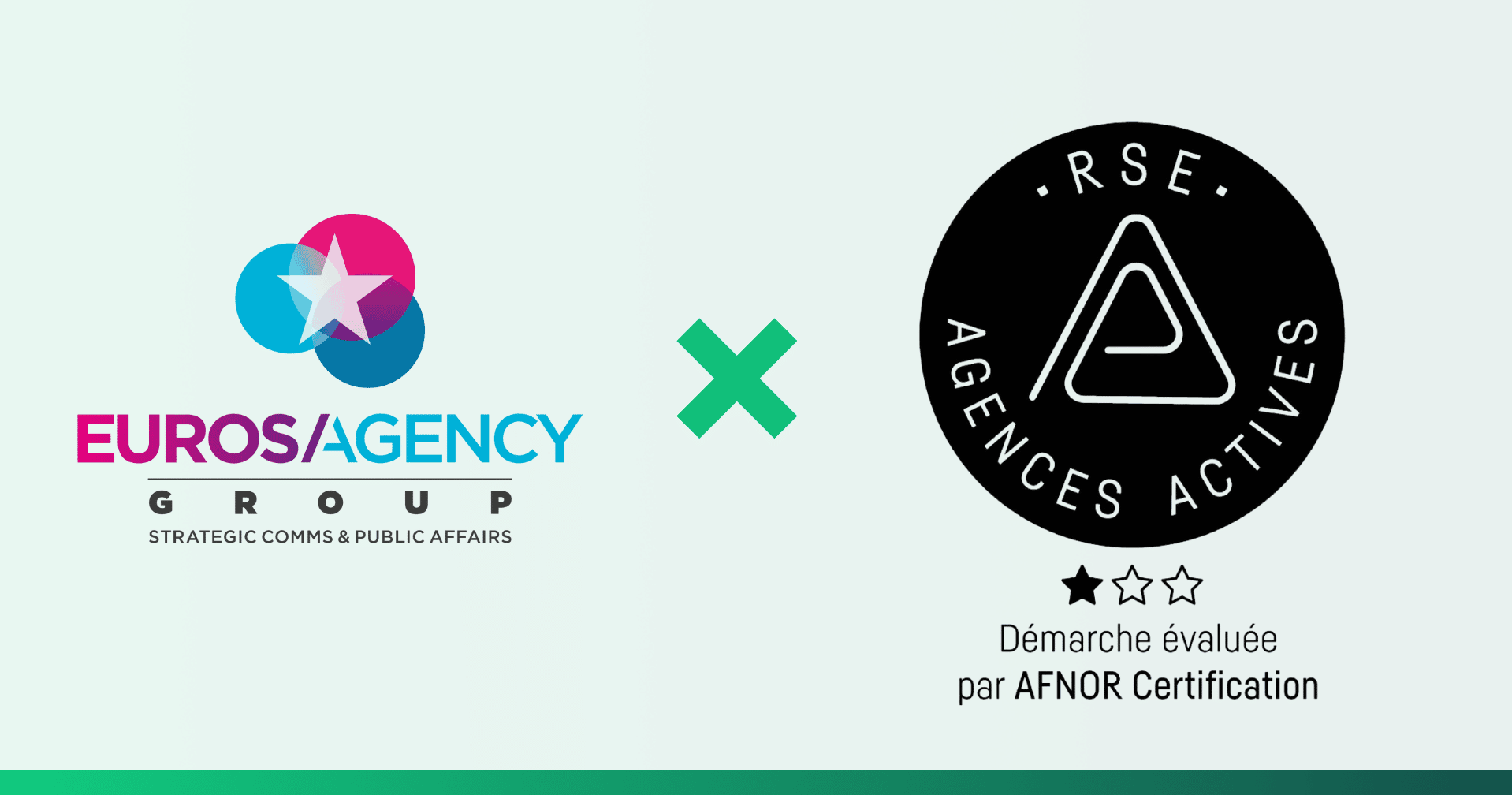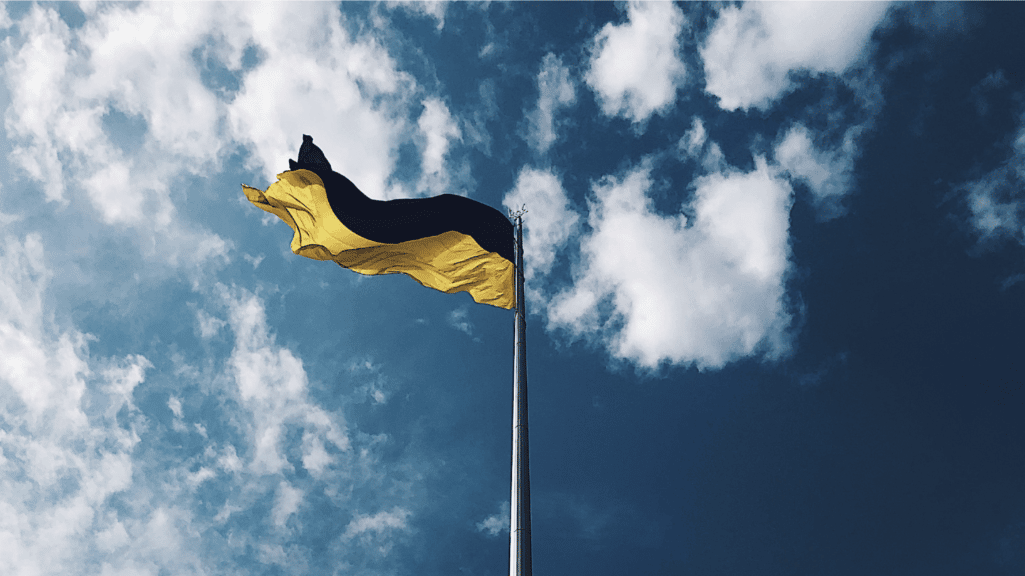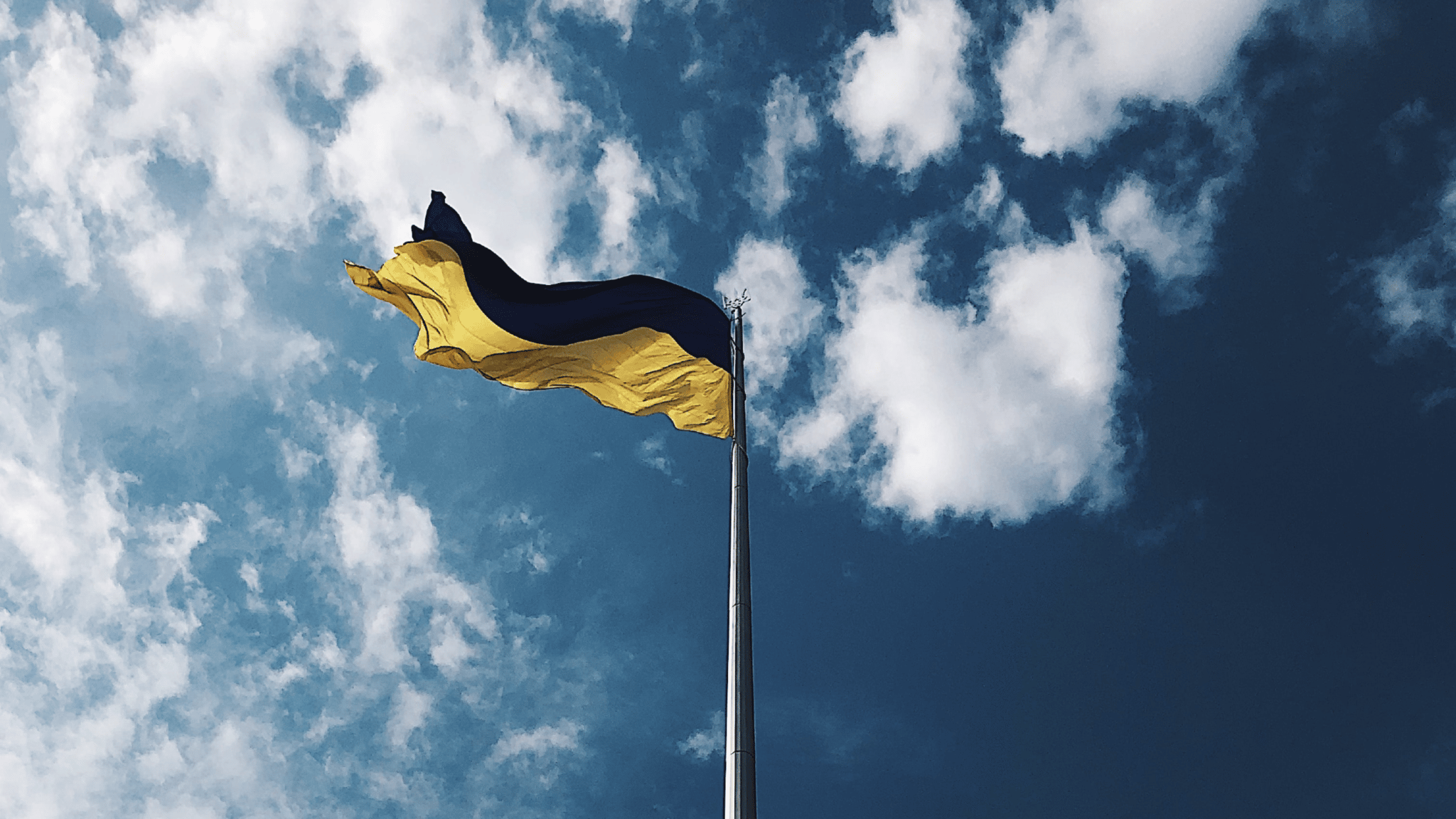
Each month, Euros/Agency analyses the latest developments in the Russian war in Ukraine. Through insights from Brussels, London and Warsaw, we provide an overview of the diplomatic, political and economic impacts of the resulting geopolitical crisis.
After six months of fighting and with summer drawing to a close, the war seems to have settled into an impasse on the battlefield. The prospects for a diplomatic solution appear slim, too. Today we are looking ahead at how the next stage of the war might shape up. The one thing that both sides seem to agree on is that the war will not end anytime soon.
In Ukraine, military leaders are still defiant, but they are also warning the public to be ready for a long fight.
In Russia, the defense ministry has said it was slowing the pace of the military campaign. That may be an attempt “to explain and excuse the negligible gains” that Russian forces have made in the last six weeks, according to the Institute for the Study of War, a Washington-based think tank that has tracked the fighting since the beginning.
Russia has gained roughly 174 square miles since mid-July (an area around the size of Andorra) and has lost about 17,300 square miles since 21 March, the estimated date of the deepest Russian advance into Ukraine, according to the ISW.
Ukraine has not yet managed to win back any significant occupied territory. Russia, at the moment, controls 20% of Ukraine, including most of its coastline and the bulk of its industrial heartland.
Additionally, it is reported that Russia has committed nearly 85% of its military to the war in Ukraine, which means that its armed forces will be progressively unable to fulfil its other tasks such as protecting their borders and supporting Russian foreign policy goals around the world. It has used up a lot of its smart munitions and so is relying on ‘dumber’ capabilities. They therefore can launch fewer precision strikes even when they have the intelligence to guide them.
Meanwhile, on the other side, with the arrival of more Western weapons in recent weeks, Ukrainian forces have been striking Russian ammunition depots and command centers in occupied territory. Some of these attacks have drawn partisans into action. While the strikes have been effective for morale and propaganda purposes, it remains far from clear how much these blasts will hinder Russia’s war machine.
As the militaries continue to battle it out, civilians continue to bear the cost.
Separately, the US is warning that Russia will try to stage sham referendums in occupied territory as a pretext to annex it. That would be a repeat of the Kremlin’s moves that led to the annexation of Crimea in 2014. President Volodymyr Zelensky has said that reviving peace talks would be off the table if Russia holds these referendums in occupied areas.
Another area of fear is the fighting around the Zaporizhzhia Nuclear Power Plant. It has been occupied by Russian troops since March, with Ukrainian staff members continuing to work there. Russia and Ukraine have blamed each other for attacks around the plant. Shelling has continued since early August despite international calls for the creation of a demilitarized zone around the complex. Russia has rejected that proposal.
The fighting has sparked fears of a nuclear disaster, and the U.N. nuclear watchdog agency, the International Atomic Energy Agency (IAEA), has been asking for weeks to be allowed to send its inspectors to the site to verify its safe operation.
Diplomacy and defence latest
- The Ukrainian military announced that it had launched offensive operations in multiple areas along the front line in the Kherson region in southern Ukraine, perhaps signaling the start of a broad and long anticipated counteroffensive aimed at retaking territory seized by Russia.
- Vladimir Putin recently signed a pair of decrees providing Ukrainians with financial benefits and the right to work, widening the Kremlin’s efforts to integrate those now living in Russia and the territory it occupies. The decrees are the latest in a series of moves by the Kremlin that seem intended to knit the Russia-occupied territories in Ukraine’s east and south closer to Russia.
- UN nuclear inspectors from the International Atomic Energy Agency (IAEA) traveled to Zaporizhzhia Nuclear Power Station, in Ukraine, to assess its safeness and try to establish a permanent presence, due to concerns that fighting near the facility could lead to a nuclear disaster. The IAEA is expected to issue a report on the mission’s findings on 6 August.
- EU defence ministers discussed the launch of a training operation for Ukrainian forces in neighbouring European countries. This mission will aim to teach Ukrainian forces how to use the weapons provided by several EU countries.
- U.S. President, Joe Biden marked Ukraine’s Independence Day (August 24) with $3 billion in security assistance – the largest aid package offered by the USA since Russia launched the full-scale invasion six months ago. The new package uses funds from the Ukraine Security Assistance Initiative (USAI) appropriated by Congress to allow the Biden administration to procure weapons from industry, rather than using the existing U.S. weapons stocks. However, this process depends on the capacity of U.S. defence companies, meaning that the weapons could take years to arrive in Ukraine.
Economic impact
- The European Commission recently announced plans for “emergency intervention” and “structural reform” of the European electricity market to curb soaring prices. This could include the introduction of temporary caps on energy import prices. This option is expected to cause divisions among EU Member States who will hold an extraordinary meeting on 9 September to discuss upcoming measures.
- Russia’s Gazprom has decided to stop gas deliveries to Latvia and to one of France’s main energy suppliers, Engie. Russia had already stopped or reduced gas deliveries to 12 EU countries in retaliation for Western sanctions. This causes increased pressure in Europe in the run-up to winter.
- German Chancellor Olaf Scholz visited Canada in a bid to find alternatives to Russian gas, on which it is heavily dependent. The two countries signed the Canada-Germany Hydrogen Alliance to guarantee the start of transatlantic hydrogen deliveries in 2025. Canadian Prime Minister Justin Trudeau has also stated that exporting LNG from Canada to Germany is “doable”, without giving a timetable, and without taking into account the lack of adequate infrastructure for transatlantic gas exports.
- Hungary has issued a permit allowing the construction of two new nuclear reactors by Rosatom (a state-owned, Russian company). Despite President Zelensky’s requests, Russia’s nuclear industry has not been included by the EU Commission in any sanctions packages against Russia. In addition, Hungary signed an agreement with Gazprom to increase its volumes of Russian gas. The announcements are unlikely to be well-received by other EU member states, many of whom have chided Hungary’s Prime Minister, Victor Orban, for maintaining close ties to Vladimir Putin.
Political impact
- EU foreign ministers have decided to suspend a 2007 visa facilitation agreement with Russia, which made it easier for Russian nationals to obtain visas. The aim is to considerably reduce the number of visas granted to Russian nationals. The compromise leaves open the possibility for the countries most hostile to the entry of Russian nationals, namely Estonia, Latvia, Lithuania, Poland and Finland, to take more restrictive measures at national level. The decision not to impose an all-out visa ban at EU level is aimed at continuing to welcome Russians who do not support the war, as defended by France and Germany.
By Scott Dodsworth, Managing Director, London, Albane Vannier and Grégoire Monin, advisers



